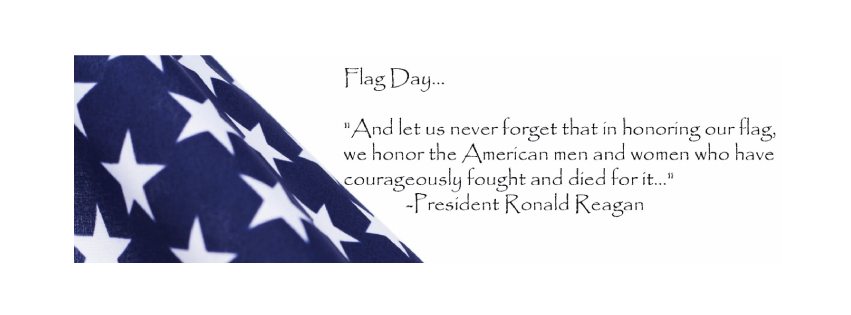The American flag is one of the world’s most recognized symbols. National Flag Day was made official in 1949 and is celebrated every year on June 14. It is not a federal holiday but commemorates the anniversary of the 1777 adoption of the U.S. flag. Here are some facts about the American flag. Today, the flag has 13 stripes and 50 stars. The first official national flag was approved by the Continental Congress on June 14, 1777. The original design featured 13 stars to represent the 13 colonies. Two more stars and stripes were added in 1795 to total 15. The first flag is commonly referred to as the “Betsy Ross Flag” after a Quaker seamstress who is often believed to have sewn the first flag.
“The Star-Spangled Banner” was written by Francis Scott Key during the War of 1812 after seeing the flag flying over Baltimore’s Fort McHenry. This flag was 30x42ft and is permanently housed at the Smithsonian in Washington, D.C. In 1818, the U.S. Congress established rules for the number of Stars and Stripes. The number of stripes should always be 13, while the number of stars should always match the number of states. Some flag makers arranged stars into a larger star shape, a circle, or formed the stars into the first letter of their own state. In 1912, President Taft regulated the proportions of the U.S. flag. This consisted of six horizontal rows of eight with a single point of each star facing upward. In 1959, a new arrangement was set when Alaska and Hawaii were added. The shades of the flag were also standardized: Old Glory Red, Old Glory Blue, and White.
The 1942 United States Code, Title 4, Chapter 1, Section 6 (AKA the Flag Code) specifies days in which it is particularly appropriate to display the US Flag. You are encouraged to fly the flag on all days that do not have inclement weather, but should be flown at half-staff on Peace Officers Memorial Day, Memorial Day, Patriot Day, and Pearl Harbor Remembrance Day. When flying a flag, it should be always lighted, either by sunlight or by an appropriate light source. It should never be displayed upside down. Only nylon flags (all-weather) should be flown. The flag should never be used for any advertising purpose on anything intended to be discarded after temporary use. Advertising signs should not be attached to the staff or halyard. When the flag is lowered, no part of it should touch the ground or any other object; it should be received by waiting hands and arms. To store the flag, it should be folded neatly and ceremoniously. The flag should be cleaned and mended or replaced when necessary. When a flag is old, worn, tattered, or frayed and no longer is in a condition befitting a symbol of our country, it should be destroyed privately in a dignified matter, preferably by burning. Many veteran and civic organizations, will properly dispose of the US flag at no cost to you. Be sure to check out the full assortment of flags and flag poles at your local Buchheit store.
Don’t forget to display your flag on June 14th!






